Search results for 'linseed oils'
-
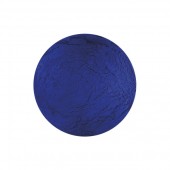
Blue Verditer Pigment
Starting at: £7.50
-
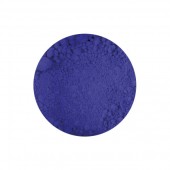
Cobalt Blue Pigment
Starting at: £6.50
-
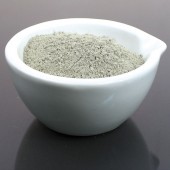
Fullers Earth
Starting at: £6.30
-
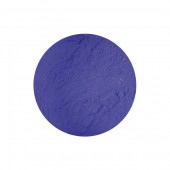
Smalt Dark Pigment
Starting at: £5.30
-
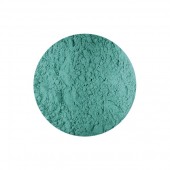
Verdigris Pigment
Starting at: £4.90
-
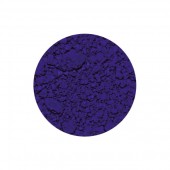
Ultramarine Blue Limewash Pigment
Starting at: £6.30
-
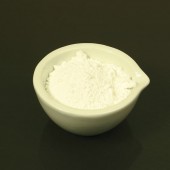
Alumina Hydrate Light
Starting at: £8.30
-
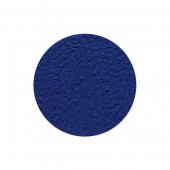
Ultramarine PB29 Pigment
Starting at: £9.10
-
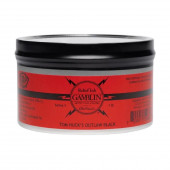
Gamblin Tom Huck's Outlaw Black Relief Ink 1 lb
£25.00 -
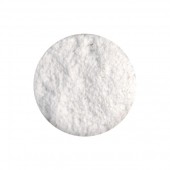
Flake White Pigment
Starting at: £18.75
Call to Order
-
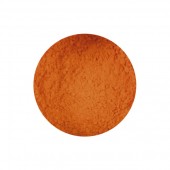
Lead Red Pigment (Minium)
Starting at: £7.30
Call to Order




